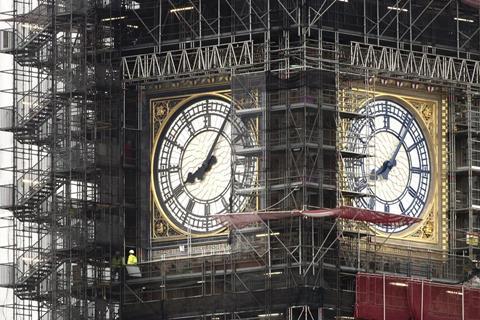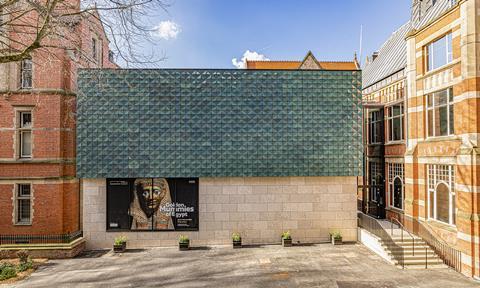We need to think more carefully about how and why we build if we are to better reflect the changing world around us, writes Liz Smith

Britain has lost a lot of traditional building skills, resulting in a disconnect between craftsmanship and architecture. There are exceptions, and some very successful new buildings and districts that will last for generations, but these are not the norm.
Much post-war architecture is dominated by developers for whom profit has masqueraded as progress, in place of an agenda to prioritise the wider social value and impact on the community and planet, and it demands the question – why do we build?
It is important to draw a distinction between the recent proposal for a School of Place, which champions traditional architecture as a means to unlock planning objections, and the encouragement of a wider understanding of traditional methods and techniques. This is crucial so that our heritage can be conserved, as well as modernised and adapted for our diverse society; upgrading environmental performance, unlocking accessibility in challenging contexts and making buildings relevant again.
It feels reductive for policy makers to use terms like ‘beauty’ when talking about architecture, as though there is a single universal understanding of what it means. Even within Purcell, there are those whose idea of beauty is a Brutalist concrete ziggurat and others who don’t think a building isn’t beautiful unless it has Palladian traditions.
How do we adapt and reuse materials in heritage buildings?
The best architecture being built right now will be tomorrow’s heritage, and the worst will be a carbon debt to the planet that burdens us all.
The supply chain of materials is an obvious challenge for everyone in our industry. It’s one thing to adapt and reuse buildings, but what about building materials? How do we adapt and reuse materials in heritage buildings?
The industry has yet to fully embrace materials passports to capture the whole-life environmental data for buildings. Yet transparency and accountability across the supply chain is crucial to ensuring materials are reused and kept at their highest value throughout their life.
At Purcell, we use BIM and Revit within a heritage context and have taken the concept of ‘HBIM’ to the next level on the restorations of the Palace of Westminster and Manchester Town Hall.
The added complexity with heritage buildings is that materials are not uniform or systematised. Walls are not necessarily straight, and handmade materials can be difficult to model digitally.

But it is often their organic nature that makes natural materials fixable and durable for hundreds of years. We have modified the way we use programmes like BIM to work in a heritage context, using it as a default tool for documenting and mapping materials in some very complex heritage sites.
Whilst reusing materials is a tried and tested method, we also need more innovation from suppliers. Products such as hempcrete and woodwool for insulation are making their way into the approved list of insurable specifications lists but it’s fertile ground for new materials that can be used on listed buildings and this is an area we are actively researching.
The debate around contested heritage often impacts conservation architecture more than contemporary buildings. There are uncomfortable questions being asked around collective assumptions about some of our greatest public buildings.
But what comes out on the other side of those conversations is a more open and transparent assessment of the past that will hopefully equip us to navigate forwards with greater clarity, enabling us to restore social balance to heritage. Ultimately, these are buildings we should all be free to enjoy on our own terms.

The approach taken by the Manchester Museum, for which Purcell has just completed a new extension to house their Southeast Asian collections, is not just a physical upgrade, but a cultural and ethical one. As an institution, deaccession was seen as an opportunity to broaden the diversity of the collections and the spaces needed to embrace a new era.
The museum’s understanding of their obligation to serve the whole community was embedded in Purcell’s brief to create a gallery that accommodates a broader programme than simply displaying objects – a proper space for people with severe disabilities and picnic areas that don’t feel like an afterthought for those who aren’t able to buy lunch in the café.
These small acts of change can make a big difference to who feels welcome in our cultural institutions. We have upgraded the entrance, so everyone gets the same visitor experience no matter what their level of mobility.
It’s a way of understanding the loss of colonised artefacts and the diversity in our communities as an opportunity to expand the offer in ways that resonate and connect more authentically with where and who we are now, socially, environmentally and ethically. If I had to sum up what heritage is – it is the continuing history of everything.
Postscript
Liz Smith is chairperson of Purcell and the regional partner for London and the South East
















2 Readers' comments